Buttress Architects reinvigorates the castle — awarded World Heritage Status in 1986 — to make it accessible to all
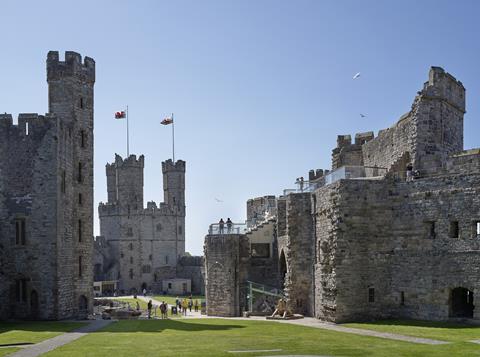
Situated on the banks of the River Seiont in northwest Wales, Caernarfon Castle forms part of the fabric of Welsh history, dating back to 1283. Now a popular visitor destination, a £5 million conservation and development project has granted visitors access to areas of the medieval gatehouse for the first time in centuries.
Led by Buttress Architects, the project has seen the installation of a rooftop deck, new flooring in the gatehouse towers and the fitting of a lift that allows access to areas of the upper battlements.
Aiming to shine a light on the castle’s history, and also add a new contemporary layer to the story, the architectural interventions have been designed in the hope of seamlessly fitting in with the castle’s aesthetics.
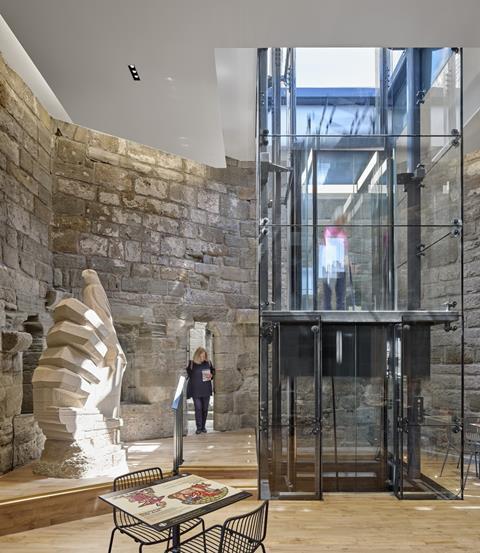
Internally, three new floors host accessible toilets, a café, a gift shop, a reception area, staff facilities and storage. On the upper level, surviving aspects of the towers’ castellation help shape a viewing deck and seating.
The choice of materials was an essential consideration for the design team. Accoya wood was specified to craft the viewing deck and seating areas. The wood has similar tones to the castle’s original masonry and will, in time, have a weathered effect, tying in with the overall look.
The seating areas have been designed to be physically separate from the castle walls to ensure that the interventions have minimal impact on the existing structure and can be easily removed.
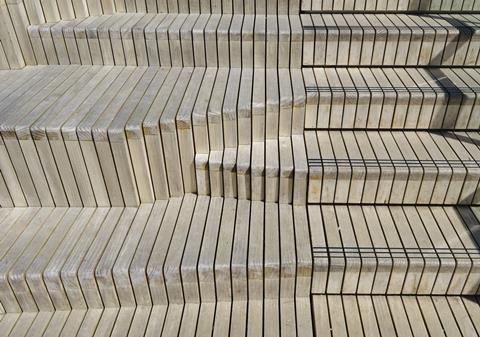
Lucy Ashcroft, senior architect at Buttress and lead architect on the project said: “One of the greatest things about this project is that it’s not a single piece of architectural design; it’s a collection of interventions that create experiences and improve the facilities. We’ve achieved this by ensuring our interventions slot into the castle’s story, in a contemporary way, with the castle acting as the main character.
Ashcroft added: “Choosing the right materials to carry this off was essential. We wanted to create something that would complement the existing structure aesthetically and functionally. Accoya is incredibly durable and requires little maintenance, so staff can focus on delivering an enjoyable guest experience. On top of this, the colour and the weathering effect complements the castle’s original features perfectly, while adding a modern twist.”


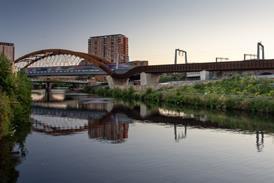
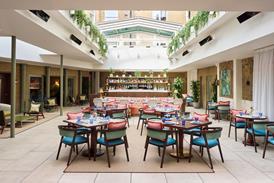
















No comments yet